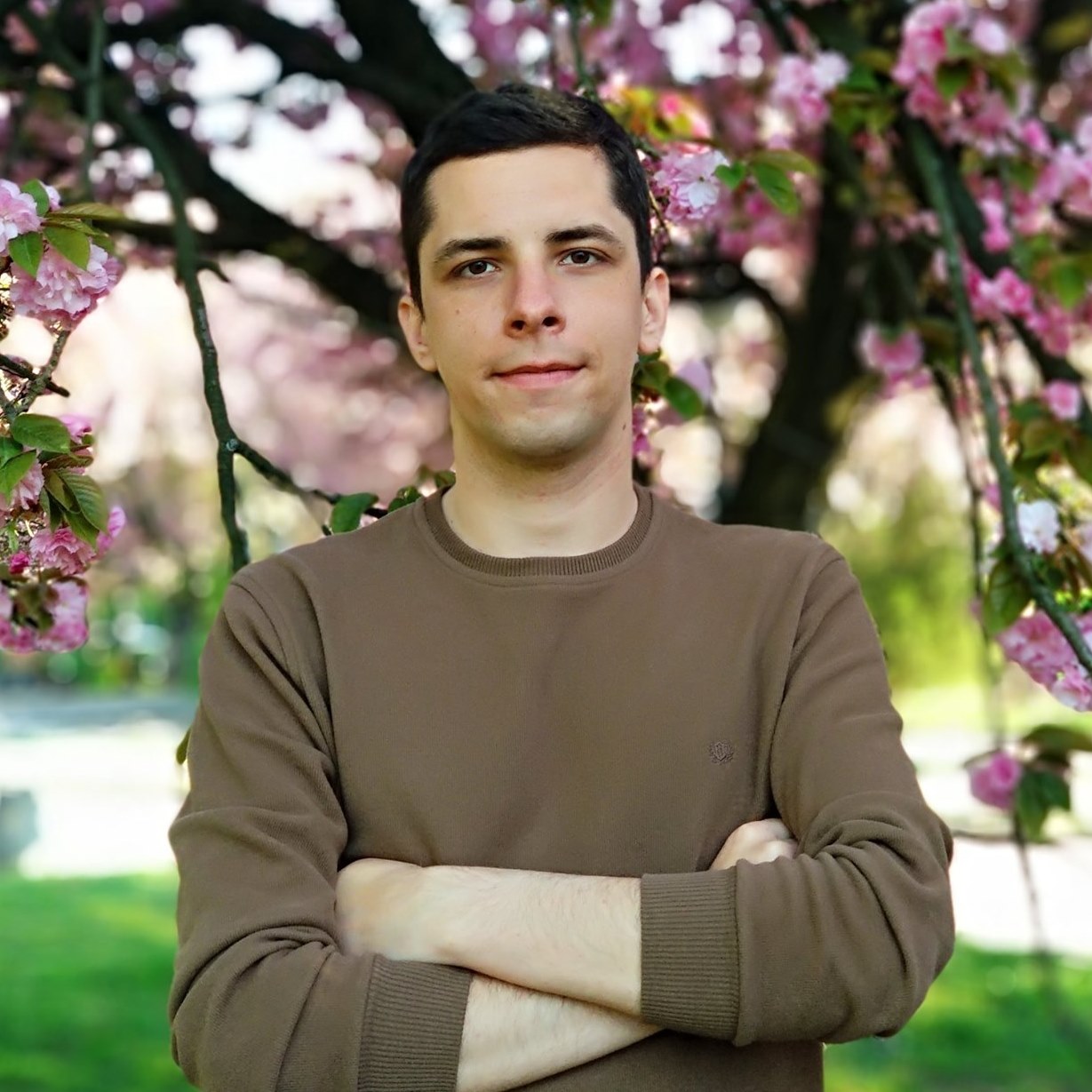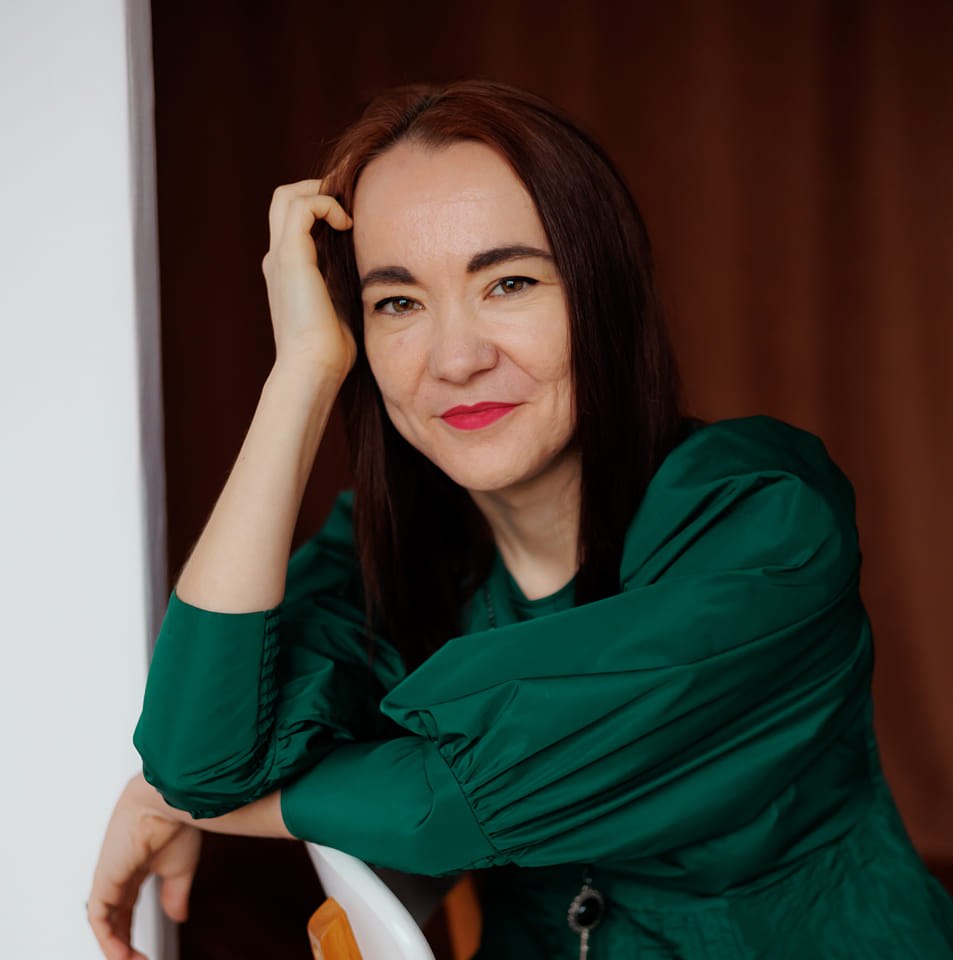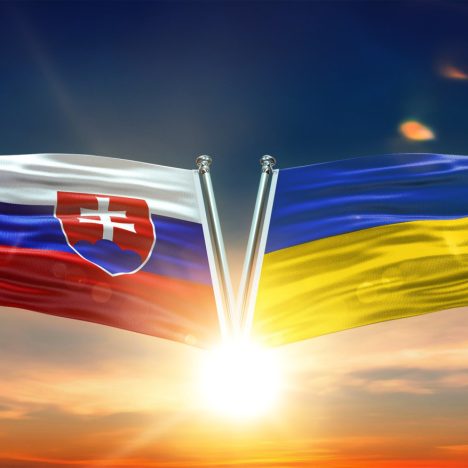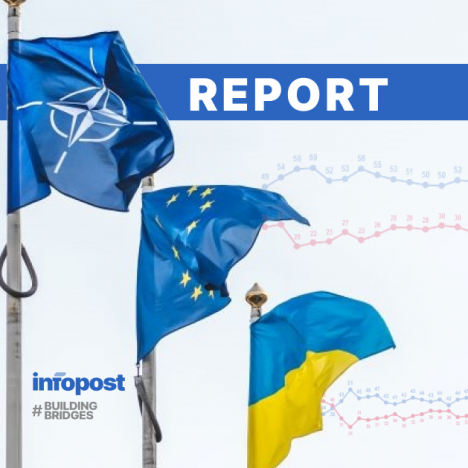It appears that even physics can be successfully taught in two languages, Ukrainian and Hungarian, at the same time. The experience of a teacher from Vynohradiv who decided to try this approach in her school proves it.
The Infopost editorial team presents another article on the specifics of the educational process in multiethnic environments. Simply put, it serves as an example of what should form the basis for a reasonable compromise between Ukraine and Hungary in the debate on the educational and other rights of the Hungarian national community, particularly in the context of Ukraine’s accession to the EU and Kyiv’s implementation of the latest innovations in educational legislation.
A Vynohradiv-based teacher, Natalia Hodvan has 12 years of work experience in both Hungarian and Ukrainian educational institutions. She is bilingual and comes from a Hungarian-Ukrainian family. She worked for six years as a physics teacher and deputy principal at Vynohradiv Secondary School No. 3 until 2021.
Together with Gabriella Gomoki, who appeared in another of our stories on the same topic, they tried to implement the principles of bilingual education in a Hungarian-language school. It was certainly not easy, but together with their colleagues, they gradually succeeded.
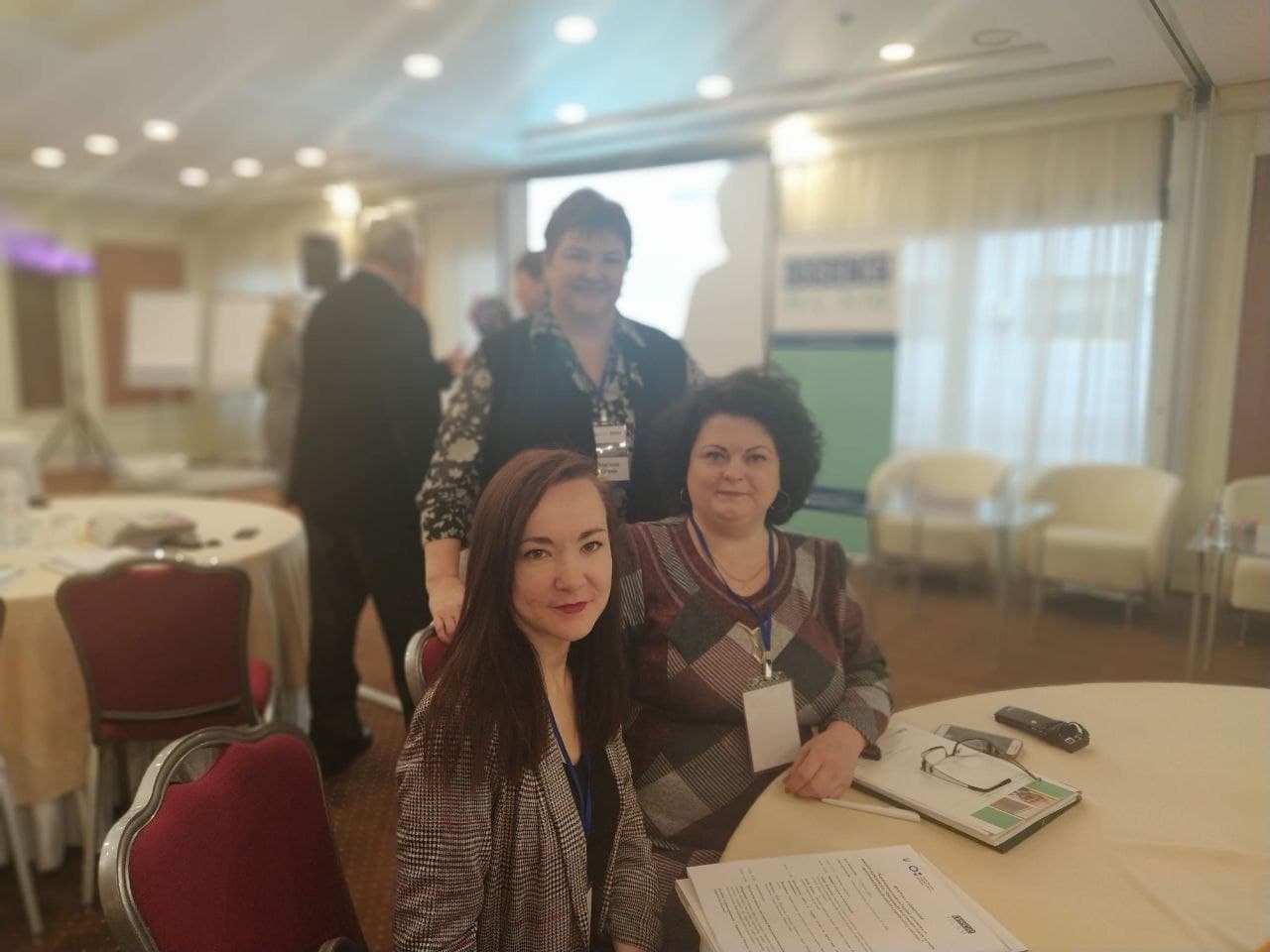
Their experience is both an example and a precedent, which, unfortunately, are still being ignored in the Ukrainian-Hungarian debate over the educational rights of the Hungarian minority in Ukraine. This is the reason why this article deserves special attention.
Read also: How an ethnic Hungarian became a Ukrainian philologist and managed to introduce bilingual studies into a Hungarian school.
An interview with Gabriella Gomoki
Natalia, how did you learn about bilingual education and when did you start implementing it in your classes?
I learnt about the methodology of bilingual teaching in 2018. But as it turned out, I intuitively used elements of bilingualism long before that. This was because not all the students at the school where I worked were native Hungarians, as well as Ukrainian was not everyone’s native language either.
So your students weren’t surprised when you started using bilingualism on a regular basis, were they?
No. I had used presentations in physics lessons in Ukrainian and commented on the slides in Hungarian or vice versa even before the bilingual education was implemented in our school. The physics course begins in the 7th grade, so at first students adapted to my teaching system for about six months gradually getting used to it.
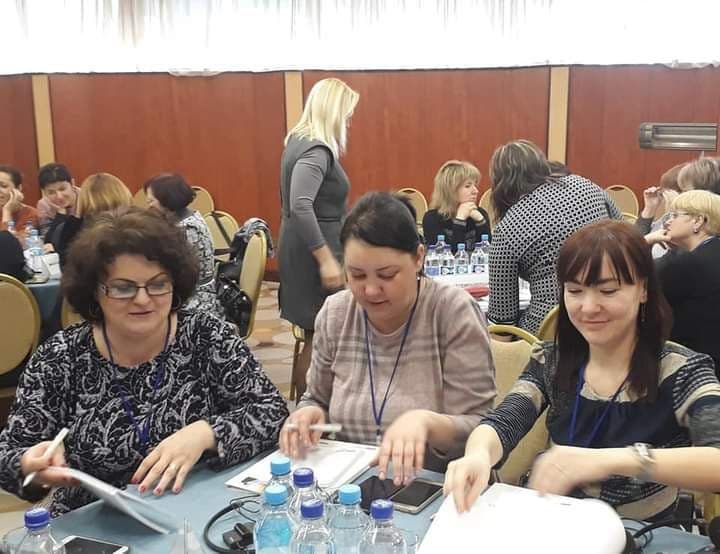
You say that sometimes you showed slides in Hungarian and commented on them in Ukrainian. I don’t see the reason for it, since Vynohradiv School No. 3 is an educational institution where all students seem to understand Hungarian.
It’s one thing to understand and speak a language, and another to understand physical processes, to delve into a topic in a particular language. I can cite my own experience as an example. I have never had any problems with the Ukrainian language because my mother is Ukrainian and I have been bilingual since childhood. I had graduated from this particular Hungarian-language school, where I worked until recently. But when I entered Uzhhorod National University, it was very difficult for me to study physics and some other specialized subjects in Ukrainian. I often did not understand what my teacher was saying because they used Ukrainian terminology that I did not know.
We also need to take into account the psychological constituent: if the language is not a native one for a person, then the explanation can be perceived very subjectively.
Just imagine: let’s say you know Slovak well. While it is not your native language, you think in Ukrainian. So if someone starts explaining a complex physical phenomenon in Slovak, you will perceive this explanation differently than you would in your native Ukrainian.
Of course, it’s a little bit incorrect to compare Slovak and Hungarian because they belong to different language groups, but I think the point is clear.
That’s why, even before the introduction of bilingual education in our school, I often switched to another language when students had additional questions.
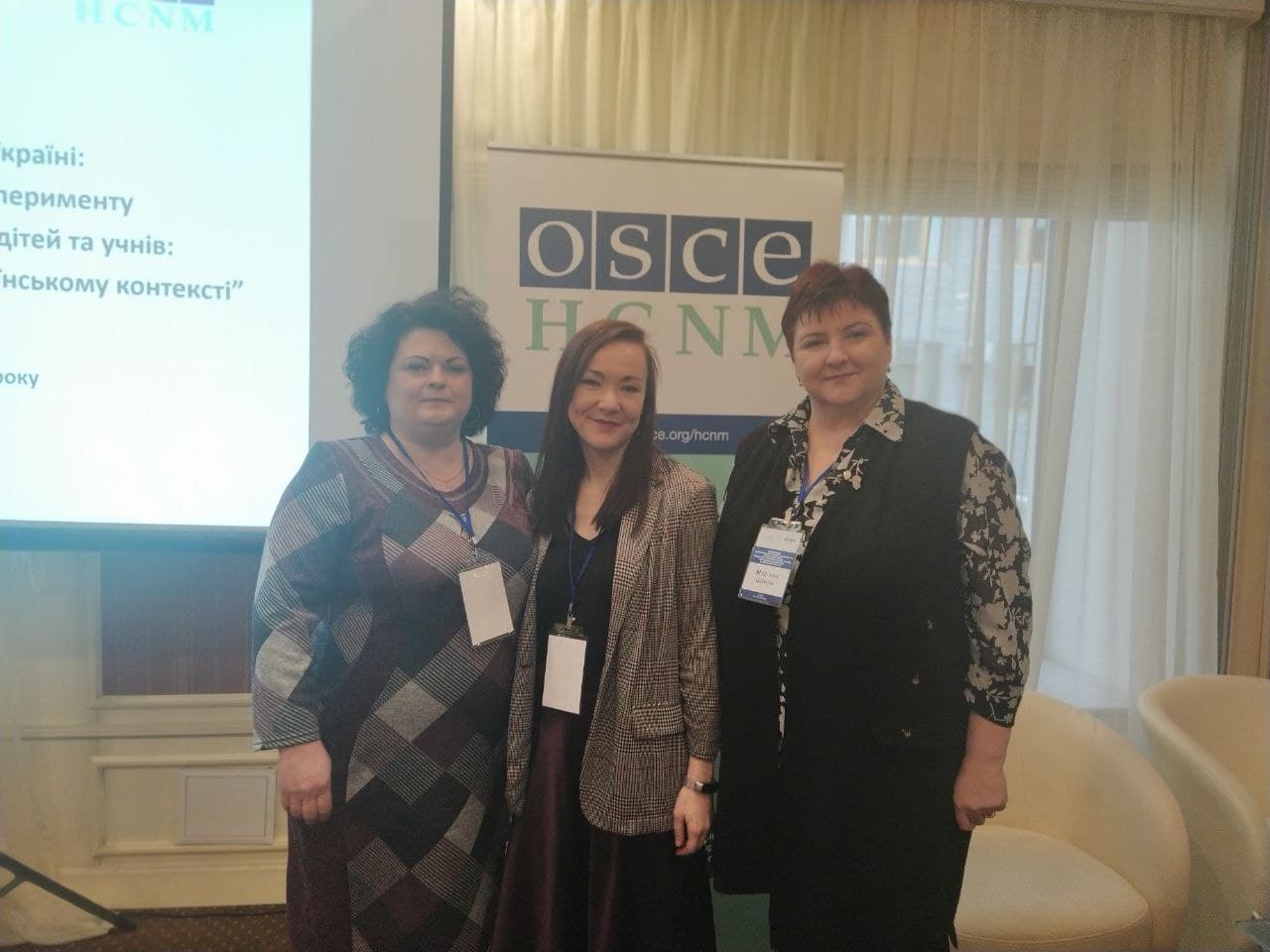
It’s just that I have always imagined Vynohradiv School No. 3 as an educational institution where everyone speaks Hungarian to the fullest extent.
There are students who know Hungarian well in some classes, but they still think in Ukrainian. Usually, these are children from multiethnic families. I surely could not ignore their requests for clarification. The situation is similar at the elementary level of our school. Often children come to the first grade with little understanding of Hungarian. It seems to me that the number of such students has increased recently.
I know that parents often send their children to Vynohradiv School No. 3 to improve their Hungarian language skills. Usually, this is how they prepare them for studying and living abroad.
It is a fact that some parents have this motivation. But they do not always understand the difference between learning a language and learning a specific subject in that language. Relatively speaking, if you create an environment for such students where all subjects are taught in Hungarian, it is obvious that they will learn this language in 11 or 12 years of school. But this does not mean that they will learn the subjects in this language.
The best option would probably be for all teachers at Vynohradiv school No. 3 to be bilingual.
It is difficult to find a teacher in our town who knows Hungarian well and can explain their subject in Hungarian. This is particularly so due to the low prestige of the teaching profession in the country. It is even harder to find a teacher who can explain a subject in two languages. I can teach physics bilingually only because I graduated from the Ukrainian university. My experience of working in Ukrainian-language schools also contributed to it. Teachers who work in minority schools today usually know their subject perfectly in only one language. At least in Zakarpattia, the situation is exactly like this.
I think it is very important where a teacher received their higher education.
Yes, it does. In my situation, it was the university that played a key role. For the first two years of my studies, I struggled studying in Ukrainian.
Natalia, I know that in 2018, together with your colleagues you took part in the project “Building Multilingualism of Children and Students: Progressive European Ideas in the Ukrainian Context”, where you completed a training course on bilingual education. Could you tell us what impact this project had on your work?
We saw the bilingual methodology as an opportunity to make it easier for students to adapt to the new requirements of the Law of Ukraine “On Complete General Secondary Education”.
Editor’s note: This conversation was recorded before Ukraine adopted the latest amendments to the legislation on minority rights, including the ones related to the education in the official languages of the EU. In particular, according to the latest amendments adopted in December 2023, members of the Hungarian minority will be able to study all subjects in their native language even after grade 4, with the exception of 4 subjects, namely Ukrainian language, Ukrainian literature, Ukrainian history and the Defense of Ukraine. Previously, the following was proposed as a model for teaching in EU languages: in grade 5, 20% of the educational material should be taught in Ukrainian, increasing annually to 40% in grade 9, and in the final grades, this percentage of time spent in the state language should be up to 60%.
It was important for us that a teacher could combine two languages when teaching a subject. We wanted to avoid a division where some subjects are taught entirely in Hungarian and others in Ukrainian.
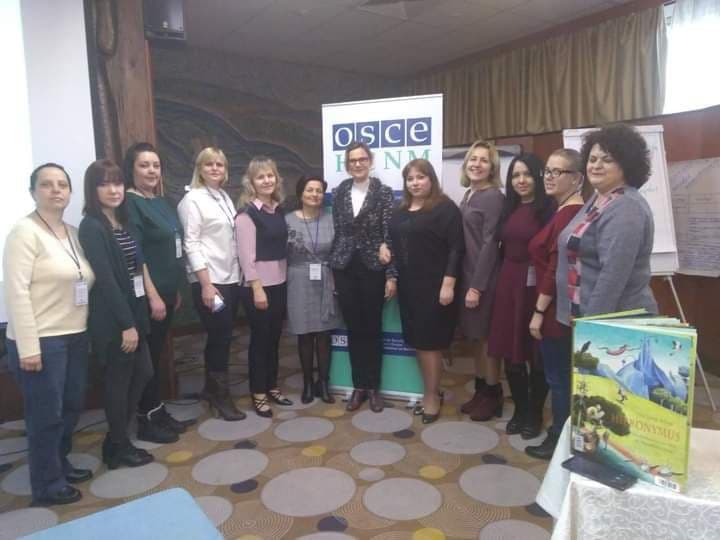
During the training, we learned much from the experience of our foreign partners. The event featured very interesting speakers from Austria (Tyrol region), Kyrgyzstan and other countries.
It was also fascinating to learn from colleagues who work in schools with students of as many as three nationalities in one class.
Did your students observe any differences in teaching methods after you completed the training?
They did. Because it helped me to implement a certain consistency in my teaching process. Before the training, I used a bilingual approach intuitively or when students asked me some clarifying questions.
In September 2019, I started implementing bilingualism in every physics lesson in grades 8 and 9. We were provided with a great deal of guidance and advice during the training. But I believe that the Ministry of Education should develop comprehensive methodological guidance for each subject in order to bring bilingual education to a high level, something similar to the recommendations of the New Ukrainian School program, since teaching physics in two languages, for instance, is very different from teaching biology.
The bilingual methodology is currently based mainly on the teacher’s creative approach and is not yet regulated. There is a great lack of thorough methodological elaborations of different types of lessons for each subject.
Have you noticed any changes in your students’ academic achievements since you introduced the bilingual methodology?
I wouldn’t say so. This approach is aimed at improving the students’ language skills. My task is not to check their language skills but their knowledge of physics.
How did parents react to the bilingualism of your lessons?
At first, they were afraid that the administration was turning the school into a Ukrainian-language one. All concerns ceased after we held a parental meeting and explained everything.
We managed to communicate to the parents the main advantage of bilingualism, that is an increase in the competitiveness of students after graduation.
Maksym Molnar, specially for Infopost.media
Photo: from the archive of Natalia Hodvan
Ez a cikk magyar nyelven is elérhető: Natália Hodván a kétnyelvű oktatásról: A szülők eleinte attól tartottak, hogy egy magyar iskolából ukránt csinálunk, de…
Ця публікація доступна також українською мовою: Наталія Годван про білінгвальну освіту: Батьки спершу боялися, що ми перетворюємо угорськомовну школу на українськомовну, але…
* The publication was prepared within the framework of the Re:Open Ukraine project, implemented with the support of the International Renaissance Foundation. The opinions expressed are solely those of the authors and do not reflect those of International Renaissance Foundation.

